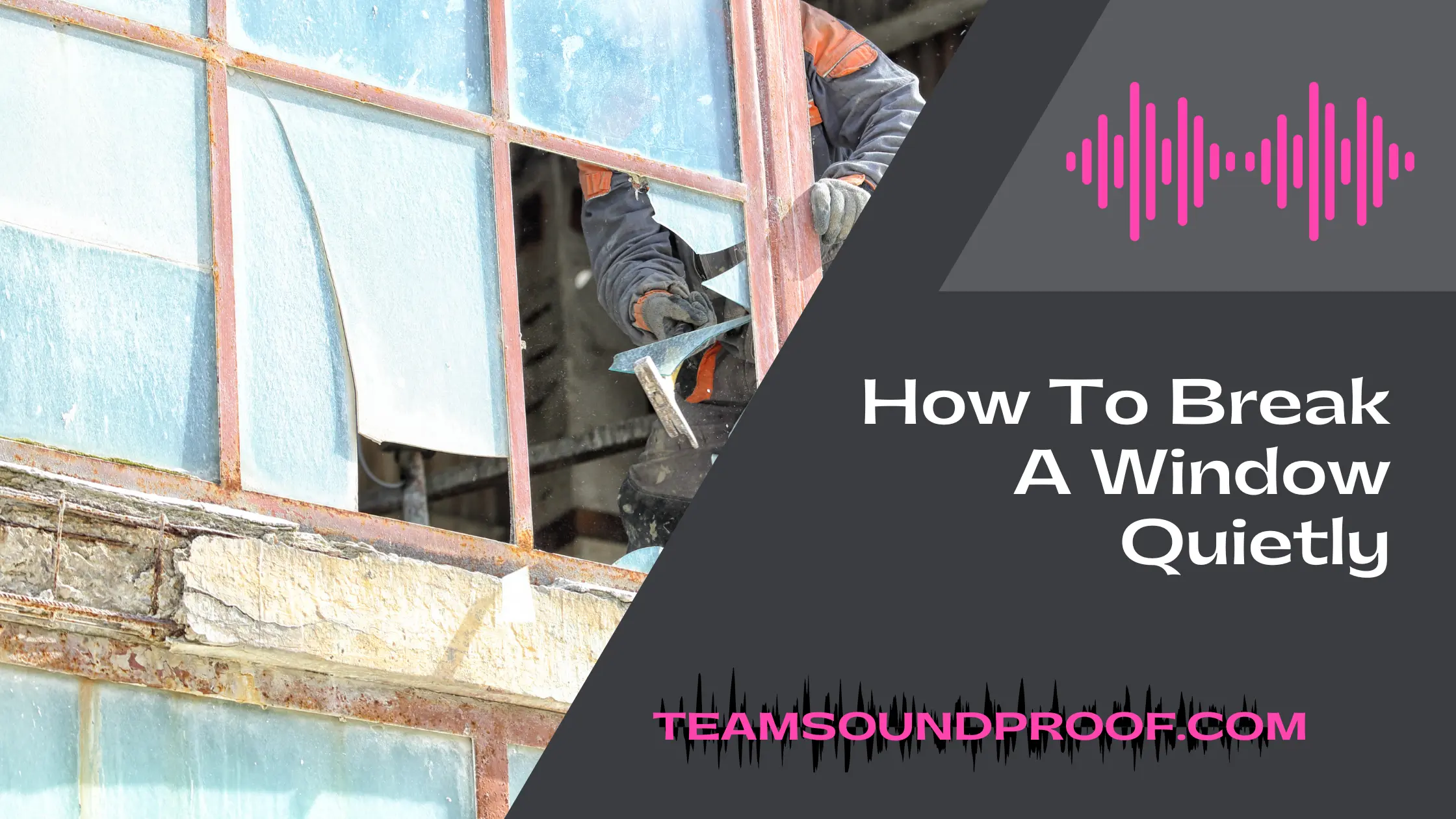Whether you’re a student trying to get some peace and quiet in your dorm room or an apartment tenant with noisy neighbors, soundproofing thin walls can be a great way to improve your quality of life.
While it’s not always possible to completely block out sound, there are several things you can do to reduce the noise level. Here, we’ll discuss how to soundproof thin walls. We’ll also provide tips on how to select the right materials and techniques for your situation. Let’s get started!
What Are The Different Methods To Soundproof Thin Walls?
There are several methods that can be used to soundproof thin walls:
Add Mass To The Wall:
Adding mass to the wall will help to dampen the sound waves as they travel through it. One way to do this is by adding insulation batting or panels to the wall. Another option is to add a second layer of drywall, with a gap of at least ¾” between the two layers. This will help to further reduce noise transmission.
Install A Sound Barrier:
A sound barrier is an acoustical panel or membrane that is installed on the exterior of a building in order to reduce noise transmission from one room to another. They are available in both rigid and flexible forms and can be installed on the walls or ceiling.
Use Acoustic Sealing Strips:
Acoustic sealing strips are foam strips designed to reduce sound transmission through thin walls and ceilings. They are easy to install and can be painted to match your wall color. These strips will also help to absorb some sound.
Install Soundproof Curtains:
Soundproof curtains are a great way to reduce noise transmission through thin walls and ceilings. They have an extra-thick lining that helps to block sound, while still allowing natural light into the room.
Hang Sound Absorbing Panels:
Sound-absorbing panels are designed to absorb sound waves, rather than reflect them. These panels can be hung on the walls or ceiling and come in a variety of colors and styles.
Install Acoustic Foam:
Acoustic foam is a type of material that helps to absorb sound. It comes in various shapes and sizes and can be added to walls and ceilings in order to reduce noise transmission. This foam is also moisture and mildew-resistant.
Install Acoustic Caulk:
Acoustic caulk is designed to provide a seal around windows, doors, and other openings in order to reduce sound transmission. This type of caulk is easy to apply and can be painted over once it has cured.
Use Soundproof Paint:
Soundproof paint is a specially formulated type of paint that contains sound-absorbing particles and helps to reduce sound transmission through thin walls. This type of paint is easy to apply and can help you create a peaceful atmosphere in any room.
Install Soundproofing Panels:
Soundproofing panels are designed to reduce noise transmission through walls and ceilings. They are made of thick, dense materials that absorb sound waves as they travel through the walls. These panels can be hung on the wall or ceiling and come in various shapes, sizes, and colors.
No matter which method you choose, soundproofing your thin walls is an effective way to reduce noise transmission and create a peaceful atmosphere. With the right materials and know-how, you can easily achieve a quieter home in no time.
Why Is It Important To Soundproof Thin Walls?
There are a number of reasons why it is important to soundproof thin walls.
To Ensure Privacy:
If you have thin walls, it is very easy for people in other rooms to hear what you are saying. This can be a major privacy issue, particularly if you are having a conversation that you do not want others to hear.
To Reduce Noise Pollution:
If your home is close to a high-traffic area or if there are other sources of noise pollution near your residence, soundproofing your walls can help diminish the amount of noise that enters your home. This can provide you and your family with much-needed peace and quiet.
To Improve Sleeping Habits:
It is difficult to get a good night’s sleep if the walls of your home are thin. This is because you are likely to be disturbed by any noise coming from outside or from other rooms in the house. Applying soundproofing materials to your walls can help make sure that this does not happen.
To Improve Acoustics:
You know that having thin walls can negatively impact the quality of sound in your home. Applying appropriate soundproofing materials to your walls can help improve the acoustics and make sure that your music sounds as good as it should.
To Reduce Reverberation:
Reverberation is the sound that bounces off of your walls. If your walls are thin, the reverberation is likely to be quite loud and unpleasant. Applying soundproofing materials to your walls can help reduce this reverberation and make sure that any sound coming from other rooms in your home does not get amplified unnecessarily.
To Reduce Energy Costs:
Thin walls are not very effective at insulation. This means that you are likely to lose a lot of energy through your walls and end up with higher energy bills. Applying soundproofing materials can help improve the insulation in your home, resulting in lower energy costs.
To Reduce Stress:
Living in a noisy environment can be stressful and can lead to a variety of health problems. Soundproofing your walls can help reduce the amount of noise coming into your home and make sure that you are not constantly exposed to loud, uncomfortable noises.
Conclusion:
Noise pollution is a real issue, and it’s only going to get worse as the world gets more crowded. If you live in an apartment or share walls with your neighbors, then soundproofing your space should be a top priority. Thankfully, there are plenty of ways to do this on a budget, and we’ve outlined some of the best techniques for you here. Have you tried any of these methods? Let us know how they worked for you in the comments below!
Frequently Asked Questions
What Are The Tips For Installing Soundproofing Materials For Thin Walls?
Here are a few quick tips for installing soundproofing materials for thin walls:
- First, select soundproofing materials that are designed for thin walls.
- Second, use acoustic sealant to seal up any gaps or holes in drywall before applying the soundproofing materials.
- Finally, make sure to use heavy-duty adhesive or screws to secure the soundproofing materials in place.





